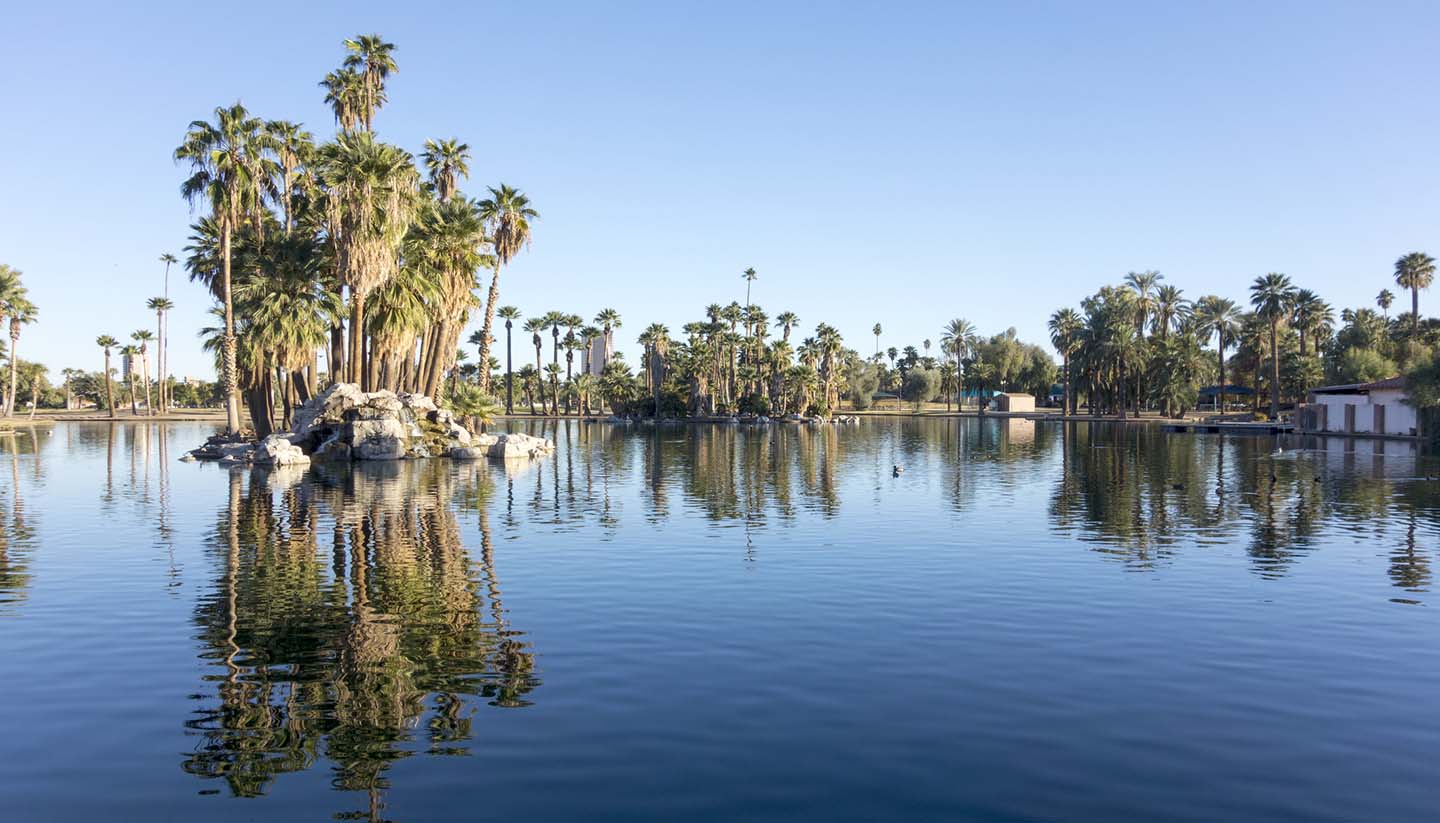Arizona History, Language and Culture
History of Arizona
Arizona was first explored in the mid-1500s by several Spanish explorers, and became a part of Mexico in the early 1800s, though it had a very small population until later being settled by the US.
The Mexican-American War began in 1846 because of the US annexation of newly independent Texas. At the end of the gruelling war in 1848, the Treaty of Guadalupe Hidalgo outlined the purchase of modern-day California, New Mexico, Arizona, and several other states by the United States.
In 1849, the California Gold Rush began, and as miners flocked in extreme numbers to the west coast hoping to hit it big, the effect of this influx was a large population boom in Arizona. Shortly afterwards, Arizona and New Mexico were consolidated into the New Mexico Territory, and a large strip of land was added to the area with the Gadsden Purchase in 1853.
The New Mexico Territory joined the Confederacy during the Civil War, but the territory was regained by the Union in 1862 and after the end of the war, was split into two parts, creating the Arizona Territory.
The Southern Pacific Railroad reached Arizona in 1880 and the Santa Fe Railroad reached the rim of the Grand Canyon in 1901. Both made Arizona a much more accessible destination and Tucson became a major railroad epicentre for the southwest.
Arizona became the 48th and last contiguous state added to the US after President William Taft signed the statehood bill in 1912. A considerably liberal new state, Arizona women gained the right to vote that same year, eight years before the rest of the country. After WWII, Arizona’s population boomed, and Phoenix became a hot industrial and manufacturing centre for the state as agriculture quickly declined. The agreeable weather and low costs continued to attract new residents through the remainder of the 20th century, a large number being retirees from colder, northern climates.
In the 21st century, Arizona has been in the headlines for their issues with illegal immigration from near-by Mexico. In 2010, the states passed Arizona SB 1070, a strict and strongly contested law that imposes harsh regulations and restrictions on aliens and immigrants.
Today, Arizona is a popular destination because of the agreeable winter weather and the beauty of the local terrain, most famously the Grand Canyon, one of the seven natural wonders of the world.
Arizona Culture
Religion in Arizona
Arizona is predominately Christian, with the largest groups being Roman Catholic, followed by Evangelical Protestant. Other smaller groups include Jewish, Mormon, and Buddhist.
Social Conventions in Arizona
Because Arizona recently passed the Arizona SB 1070 law which is considered the strictest law dealing with US immigration, many assume that all residents of Arizona are extremely conservative. Though Arizona does tend to vote conservatively in local and national elections, there is a growing liberal population across the state.
Language in Arizona
English is the official language of the state of Arizona, though some city names (Yuma, Tucson, Havasu) are strongly influence by various Native American languages.


